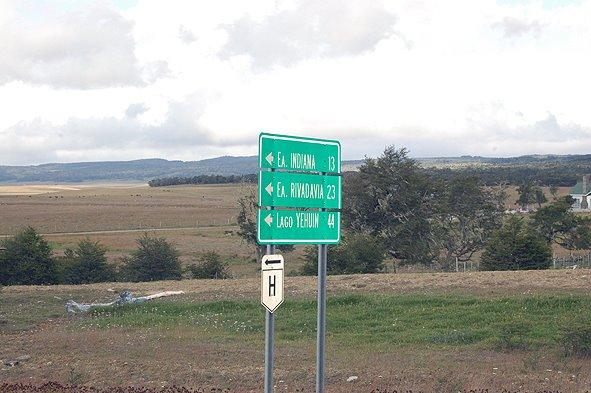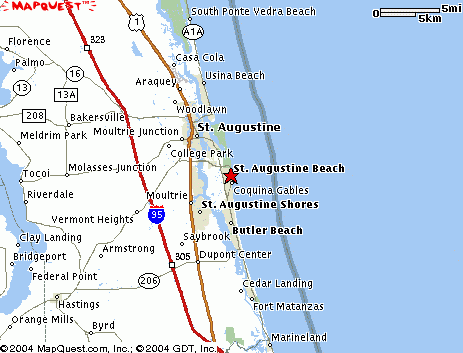Just playing with Google Maps at work, lol, so this is the kind of question I come up with. I'm pretty sure nobody knows but seriously, using letters instead of numbers is just as bad as algebra in school. Math is too easy with just numbers so they have to use letters just to make everything more difficult.
Maybe someone put Randy in charge of county highyways in Wisconsin, secondary highways in Missouri and provincial highways in Tierra del Fuego which is why they use letters instead of numbers. That's one possible explanation. 



 This post was edited by Benedict Arnold at August 17, 2017 11:53 PM MDT
This post was edited by Benedict Arnold at August 17, 2017 11:53 PM MDT


